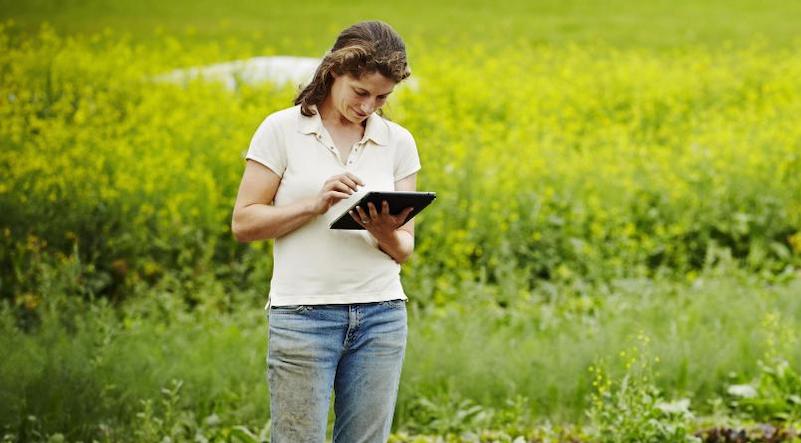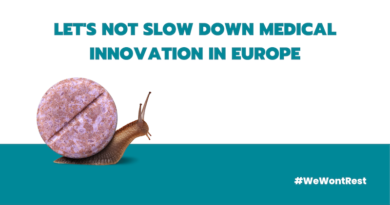
Thinking Europe again, thinking rural, thinking human
The EU Action for Smart Villages sets out with no smaller goal than to change the way we live in Europe. By reinvesting into our countryside and rural areas, we are aiming to solve many of the problems Europeans and other continents are faced with in the 21st century, simultaneously. Both social cohesion and interconnected, smart technology play a large role here. The substance of a vision is tested by its applicability to changed realities. Both the European ‘Green Deal’ and the current COVID19 pandemic highlight that we have been on the right track from the beginning and have been thinking Europe in the right way.
Our vision can play a large factor in making Europe more carbon neutral and it lays the groundwork for the ability to easily and painlessly practice social distancing and teleworking. Famously crisis or danger also embodies opportunity. In order for us to harness this opportunity, however, we will need to be brave and think big.
We may not be driven by fear, but rather be enchanted by what could be. We cannot allow ourselves to be merely reactive, but need to proactively shape the continent with purpose and plan.
Imagine a World in which people rediscover the scenic beauty of our countryside, in which our citizens embrace social engagement, understand the advantages of cooperative structures and feel proud to be an active member of their respective community. A World that embraces and harnesses technology, instead of seeing it as a threat, because it gives us the liberty to concentrate on the essential and live outside of the city in an environment ideal to raise a family. This does not mean that we will leave caution outside the door; it is a natural and healthy part of advancement. Solidarity, freedom of choice, innovation, family values and ecological consciousness will go hand in hand, thereby unifying the core visions of our four pro-European political families.
If COVID19 is teaching us one lesson, then it is that our bustling, highly individualistic city life is destructive to our health; both physically and mentally. We can only fight the disease by respecting the space of others, dispensing the wasteful and concentrating on the essential. If we can offer the economic, educational and medical opportunities of our cities to rural areas, than our villagers can offer a more healthy and respectful life to everyone. Land flight has been a product of necessity.
People do not leave their homes and wider families lightly. If we turn this trend around we cannot only better the situation of rural areas, but can offer a real opportunity to everyone; an opportunity that includes answers to our current ecological and medical challenges.
It seems to me that, technologically speaking, we are currently in puberty. We are looking at a multitude of innovations that make our lives easier and make us more productive as a society. But they are often half-baked and all too often they still create frustration in their use. They are not compatible with each other and usually do not take account of each other, so that we are confronted with a chaotic coexistence of technology. I well remember how difficult it was to program a video recorder or connect it to the television. Programming became much easier with the DVD player and since smart televisions and HDMI cables, connecting it has also become much easier. Just as we got used to this convenient reality, the DVD became obsolete again. Everything is now online and in digital format. What happens to my old favourite films and how do I watch videos recorded with my iPhone on the Android TV etc. etc? My car is electric, but the electricity is produced with coal. You can continue this chain of frustration endlessly.
This is an attempt to bring order into chaos. Every aspect of life is important: energy, transport, services, health, education, environment and economy.
An imbalance always harms all components. Good environmental policy is inconceivable without a functioning, successful economy and vice versa. Daily traffic chaos damages our health, environment and GNP. We have no choice but to think everything at once.
If existing technologies are interconnected and have the ability to communicate with each other, learn from mistakes and self-correct then there is a good chance that this ‘smart’ use of technologies will create synergies and therefore become more than the sum of its parts. The smart connection of technologies in a holistic manner, including all aspects of our daily life, will lead into a new product and solution. This product will have value that is currently hard to quantify. But it could be a flexibly used blueprint to solve region by region of our magnificent continent.
These sound like grand ideas, too high to reach. But it is our mission, as politicians, to translate these big ideas into real life. Creating a handful of model smart villages is only a step away and then we will already have achieved test scenarios that we can visit, see, smell, feel and learn from. They will serve as motivators for further investment into this vision. We are currently speaking to a number of companies and public actors simultaneously, or are very eager to roll up their sleeves and move into concrete action. This is exciting and invigorating for all involved.




